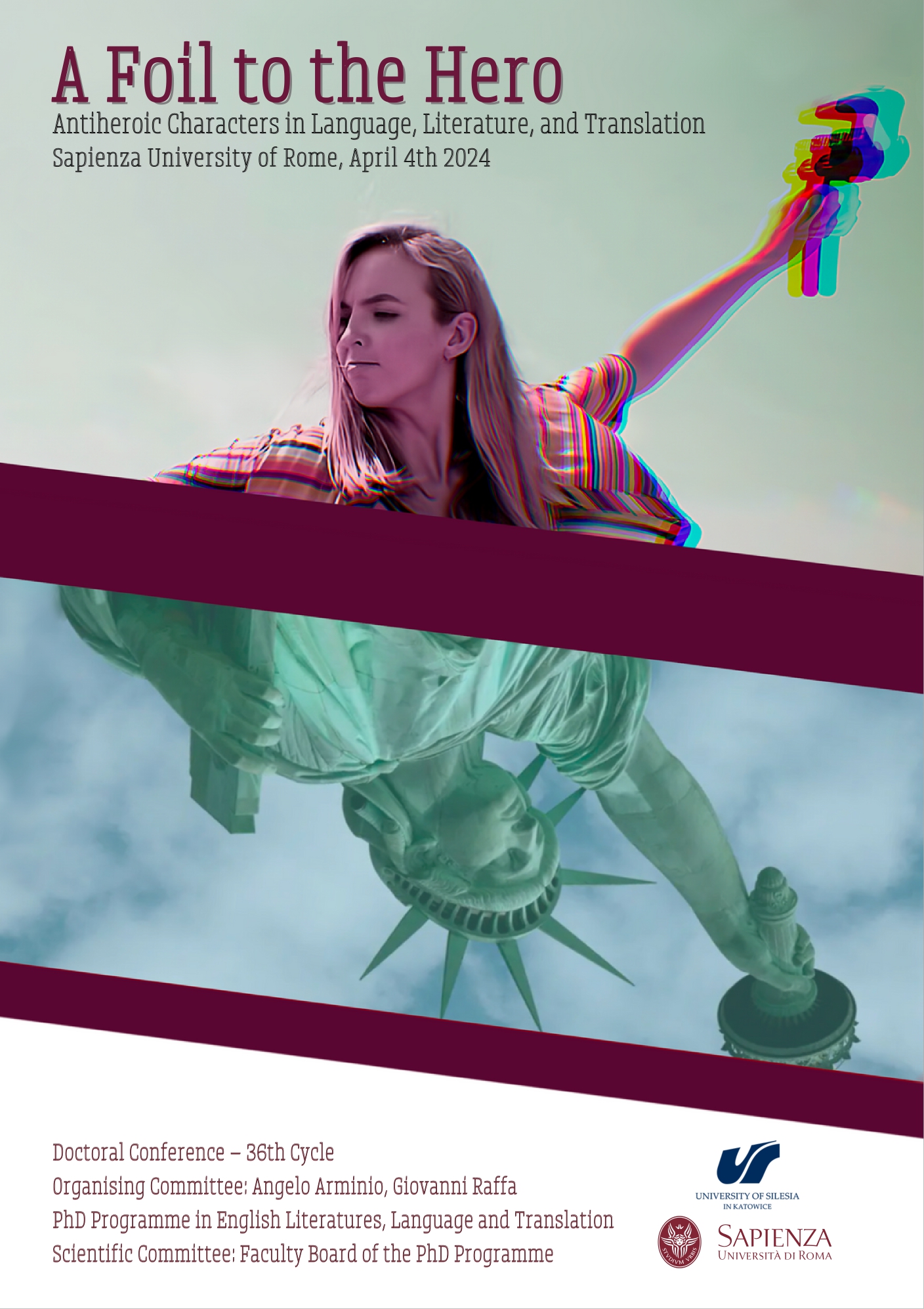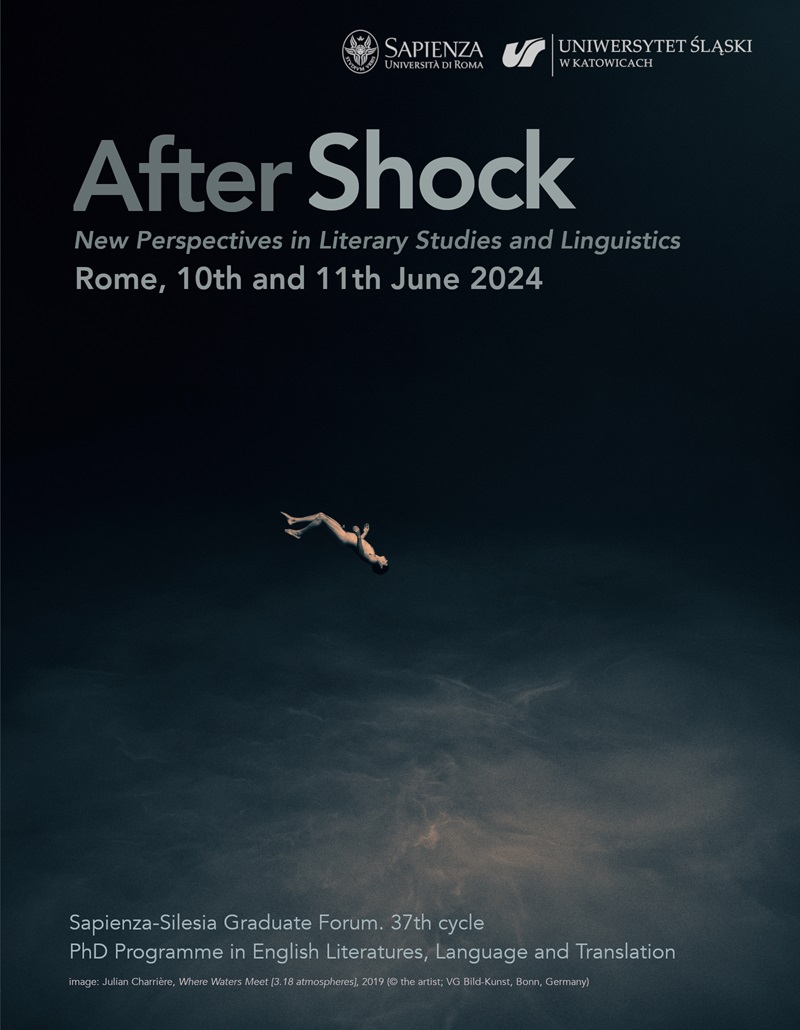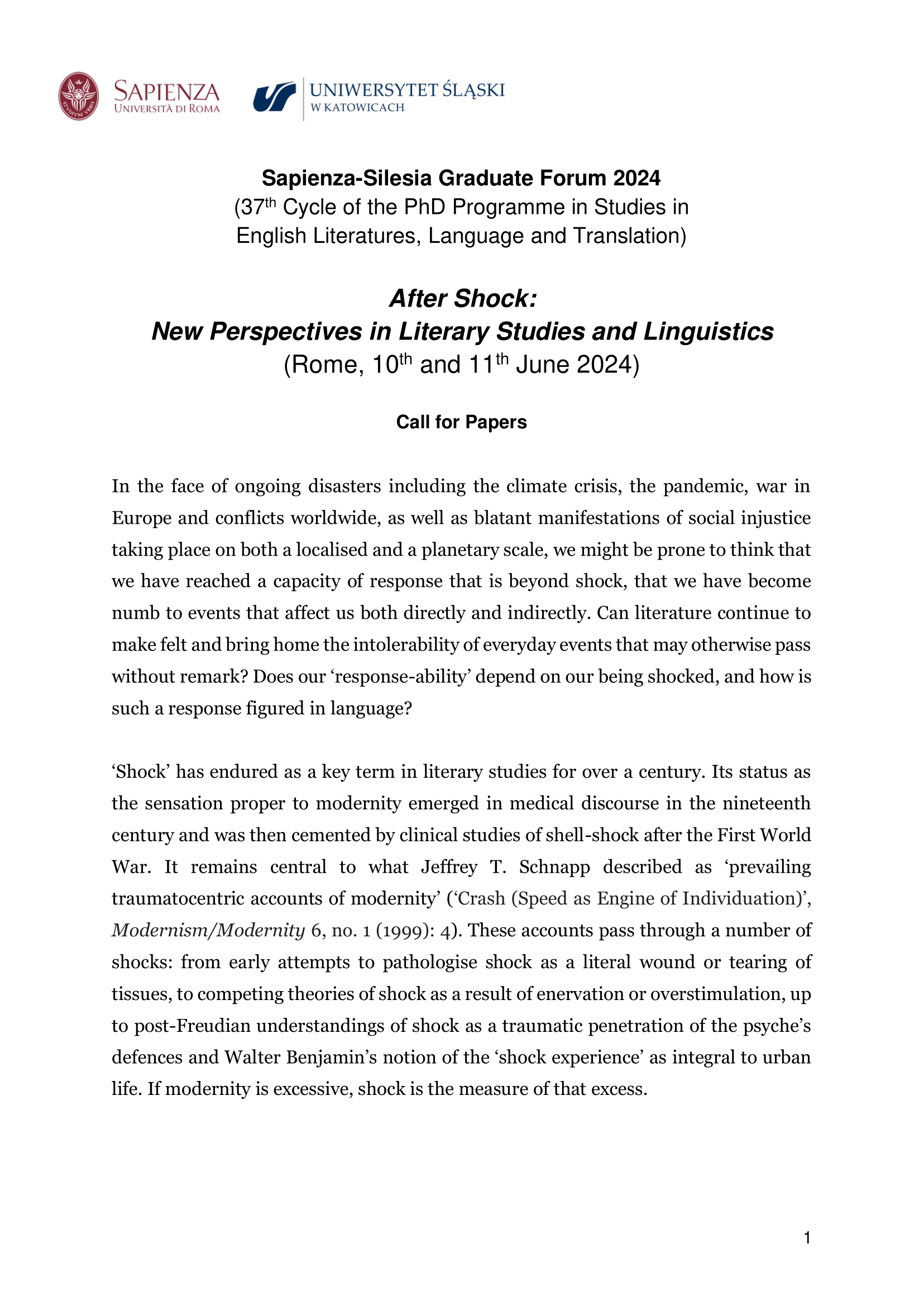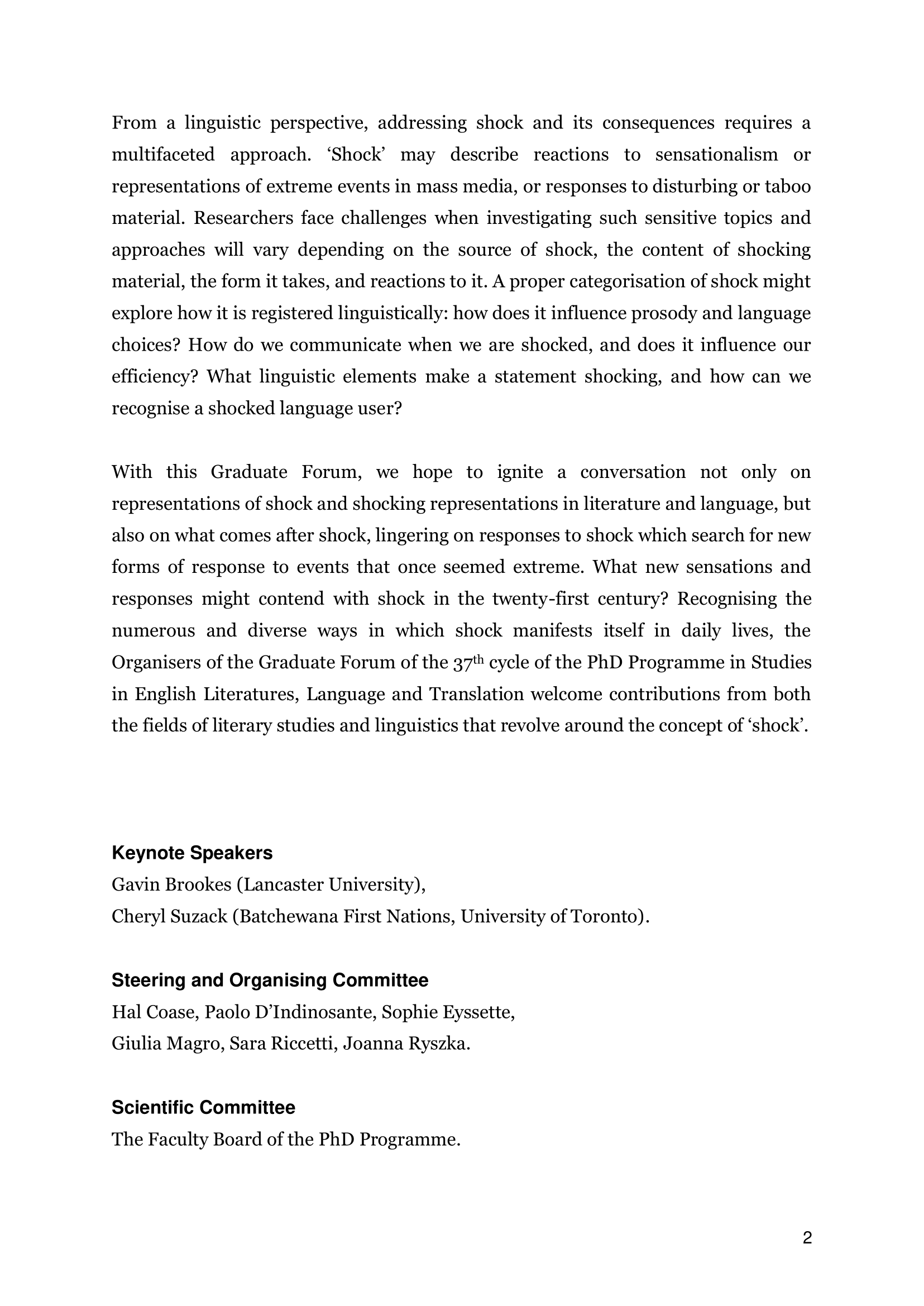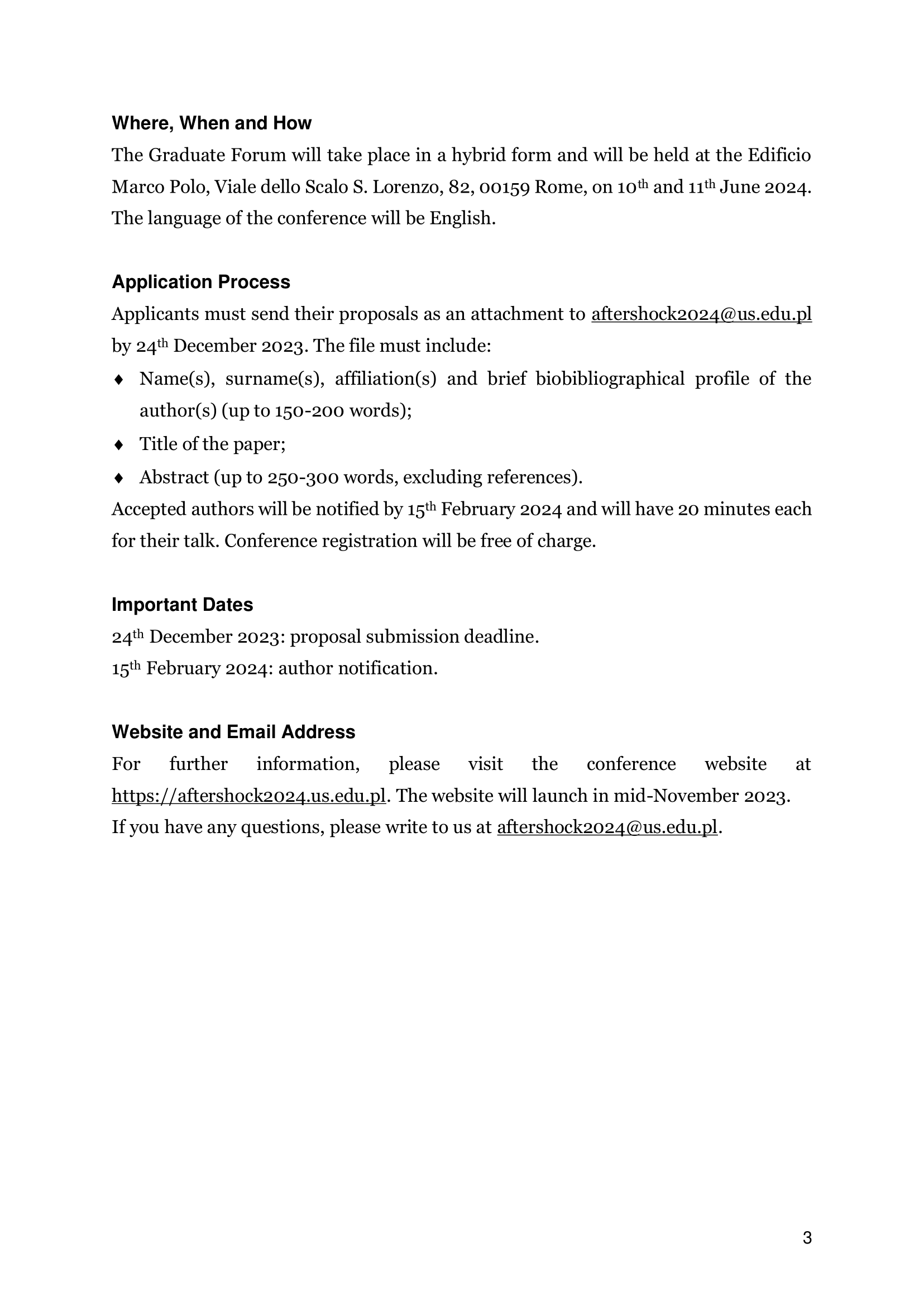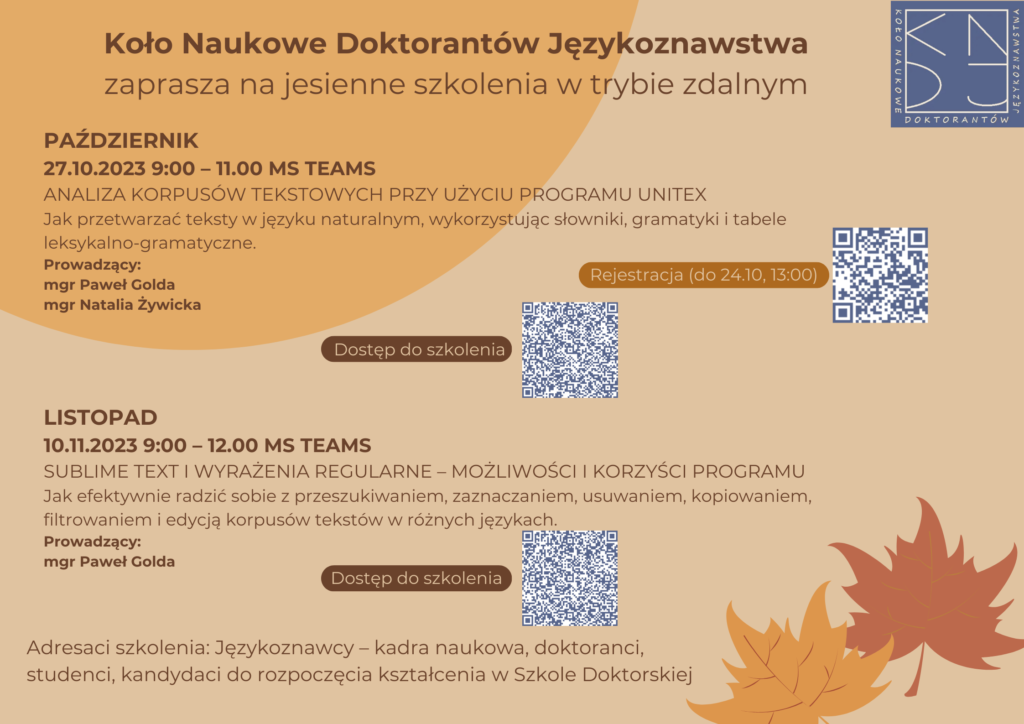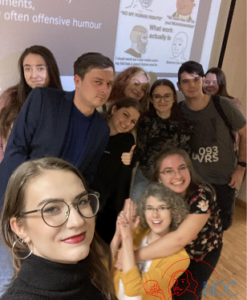Doktoranckie Koło Naukowe NEOlinguists serdecznie zaprasza studentki i studentów Wydziału Humanistycznego Uniwersytetu Śląskiego w Katowicach, oraz wszystkich zainteresowanych, na kwietniowe spotkanie Biura Rozkmin, które stanowić ma dla społeczności studenckiej, po pierwsze, możliwość bliższego zapoznania się z zagadnieniami akademickimi i naukowym życiem Uniwersytetu, po drugie, szansę na uzyskanie pomocy we własnych staraniach, poszukiwaniach, badaniach, oraz po trzecie, okazję do podzielenia się swoimi rozkminami.
Tym razem chcemy przyjrzeć się egzotycznym nazwom roślin i zwierząt, z którymi stykają się tłumacze literatury krajów postkolonialnych. Czy tłumacz może wymyślić sobie nazwę nieznanej w Polsce rośliny? Co zrobić, kiedy zawiodą słowniki, botanicy i zoolodzy? Co jest ważniejsze – oddanie realiów czy oddziaływanie na wyobraźnię?
Te i podobne zagwozdki tłumacza literatury przybliży nam dr Aleksandra Nocoń, która niedawno obroniła pracę doktorską na temat przekładu poezji maurytyjskiej. Liczymy na Waszą obecność, wymianę doświadczeń i wspólne rozkminy!
Link do spotkania znajdziecie na stronie wydarzenia. Do zobaczenia!

